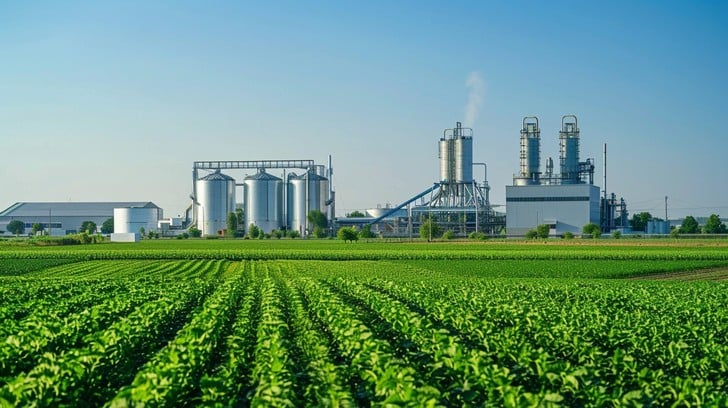Non-Compliance of HACCP in Agriculture
While HACCP is widely recognized as a crucial framework for ensuring food safety, non-compliance remains a significant issue in the agricultural sector. This non-compliance can lead to foodborne illnesses, product recalls, and financial losses. Understanding the challenges and addressing them through effective strategies is essential for improving food safety and public health.
Challenges in Implementing HACCP in Agriculture
- Complexities of the Agricultural Systems
From planting and harvesting to storage and transportation, agricultural processes are frequently intricate and include several steps. Every level has different risks that must be recognized and managed. For instance, poor sanitation procedures or inappropriate manure handling might result in biological contamination of soil by human diseases.
- Resource Constraints
It’s possible that small and medium-sized farms lack the funding necessary to put thorough HACCP plans into action. This includes limited access to cutting-edge monitoring technology, a shortage of skilled workers, and financial limitations.
- Lack of Standardized Protocols
Farmers find it challenging to put consistent food safety measures in place since the agricultural industry lacks standardized HACCP methods. This fluctuation may result in noncompliance and elevated contamination risk.
- Manual Monitoring and Record keeping
Manual temperature checks and paper logs are examples of traditional monitoring and record-keeping techniques that can be laborious and prone to human mistake. This may result in inadequate or erroneous records, which makes it challenging to prove compliance in audits.
- Traceability Issues
With manual systems, it can be difficult to identify the source of contamination in the event of a food safety incident. Widespread recalls and large financial losses may result from this lack of traceability.
Addressing Non Compliance through IoT
Real Time Monitoring and Alerts
Critical characteristics like temperature, humidity, and chemical levels can be continuously monitored by IoT sensors. Farmers can receive real-time alerts in the event that any deviations from safe levels are found, enabling prompt remedial action.
Enhanced Traceability
Products may be tracked by IoT devices from farm to fork, giving precise details about the conditions of manufacture, storage, and transit. In the event of a food safety incident, this end-to-end traceability aids in promptly determining the source of contamination.
Automated Compliance and Reporting
IoT systems minimize human error and eliminate the need for manual record-keeping by automating data collecting and logging. During audits, it is simple to generate automated reports that show compliance.
Predictive Analytics
Proactive steps can be taken to stop problems before they start since advanced analytics can forecast possible risks by analyzing both historical and current data.
Remote Monitoring and Control
Food safety managers can supervise procedures from any location because to the Internet of Things’ ability to remotely monitor and control crucial control points. This adaptability permits real-time modifications and guarantees ongoing compliance.
Examples of Non Compliance in Agriculture
Improper Use of Chemicals
Chemical residues that exceed Maximum Residue Limits (MRLs) can result from farmers using unregistered chemicals or from neglecting to observe pre-harvest intervals. Legal problems and product recalls may arise from this.
Poor Hygiene Practices
Biological contamination can result from poor sanitation procedures, such as handling harvested items improperly or having insufficient handwashing facilities. For instance, using tainted water or equipment might contaminate food supplies with microorganisms.
Inadequate Equipment Maintenance
Fertilizer spreaders and harvesting equipment are examples of agricultural equipment that might not receive routine calibration or maintenance. This may result in inappropriate chemical use and physical crop contamination.

